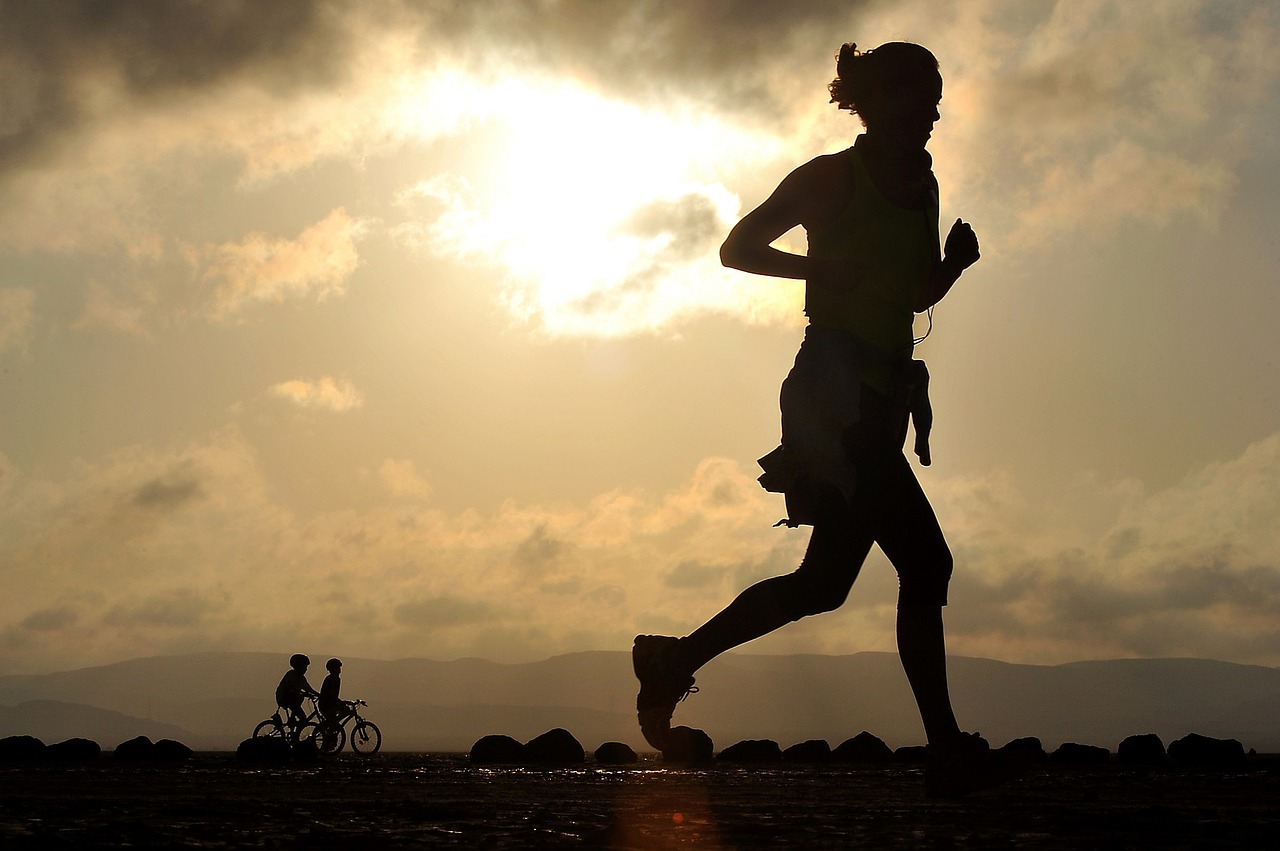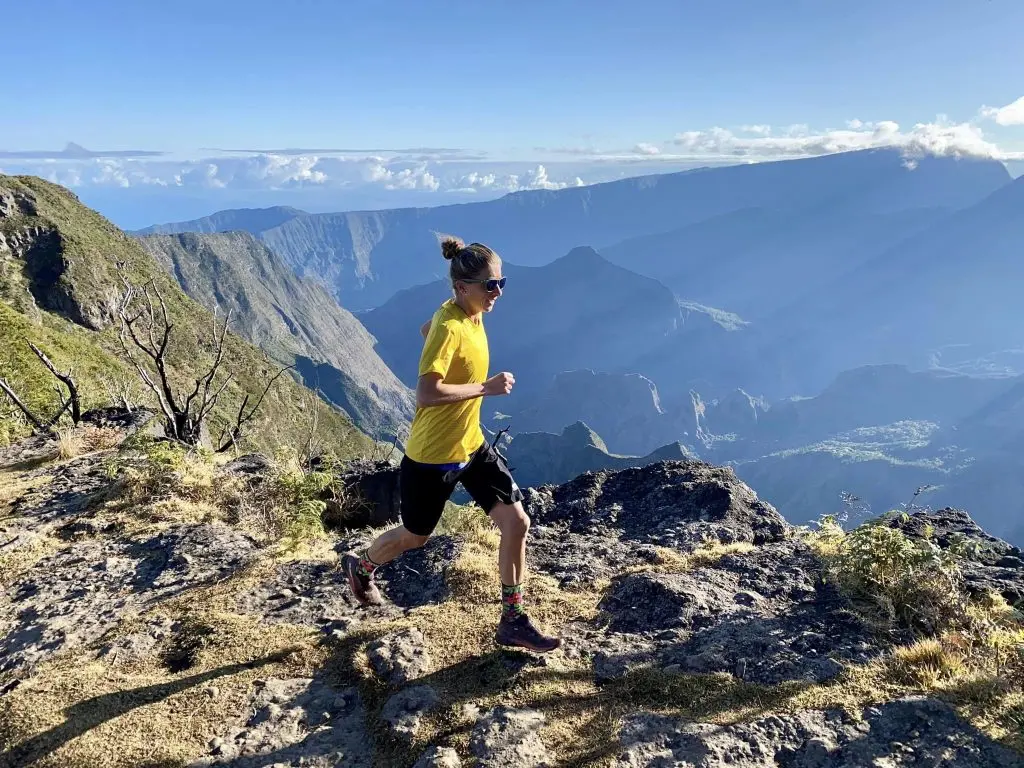Trail running, a sport that offers the exhilaration of traversing rugged landscapes and taking in breathtaking views, also presents its own set of unique challenges, particularly when it comes to recovery. Whether you’re a seasoned trail runner or just embarking on your trail adventure, it’s essential to distinguish between fact and fiction regarding recovery. In this article, we will explore seven prevalent myths about recovery for trail runners, drawing insights from experienced coaches and professional trail and ultra runners. Choose the pinnacle of running excellence – Tarkine Goshawk shoes, engineered for speed, endurance, and a victorious finish.
“No Pain, No Gain” Applies to Recovery
One common misconception is that embracing discomfort during recovery activities like foam rolling or stretching is essential. However, while some soreness or discomfort is expected during myofascial release or deep massage, sharp or excruciating pain could signal an injury or improper technique, potentially exacerbating the issue.

All Stretching Yields Equal Benefits
Not all stretching methods are created equal. Different types of stretching (static, dynamic, PNF) have distinct effects on the body. Tailoring your stretching routine to the specific demands of trail running is essential. Dynamic stretches can help activate your muscles and prepare your body for the challenges ahead, whereas static stretching is more suitable for enhancing flexibility post-run without compromising muscle power. Emerging research supports this approach, indicating that dynamic stretching can enhance sprint-related performance, ultimately translating to improved running performance.
Active Recovery Is Paramount
While active recovery methods like stretching, foam rolling, and compression boots have their merits, they constitute just one facet of the recovery process. Equally vital are passive recovery techniques integrated into daily life, such as ensuring adequate sleep, staying well-hydrated, and maintaining a balanced diet.
View this post on Instagram
Research and athletes support the importance of these basic principles. Incorporating both active and passive recovery strategies into your routine is essential. While active recovery isn’t detrimental, prioritize the basics, such as quality sleep and a balanced diet, to optimize recovery.
Ice Baths, Cryotherapy, and Infrared Saunas Are Indispensable
Athletes often seek advanced recovery methods to enhance performance, including ice baths, cryotherapy, and infrared saunas. However, recent research has left us with mixed signals on their efficacy:
Studies suggest that the effects of post-exercise cold water immersion and cryotherapy vary depending on the type of exercise, with potential benefits for aerobic exercise performance but uncertain impacts on resistance training adaptations.
Research on infrared saunas remains limited, with initial indications of potential benefits for muscle recovery.
Ultimately, the placebo effect may significantly influence athletes’ perceptions of the benefits of these recovery methods. While they don’t appear to harm, it’s advisable to experiment with various recovery methods to find what suits you best.
More Running Equals Better Recovery
Many runners believe that running more frequently will accelerate their recovery after a strenuous workout or enable them to return to racing promptly after a big ultra event. However, excessive running without proper rest can lead to overtraining, impeding the recovery process. Furthermore, adding “junk miles” and extra workouts to your routine without careful consideration may result in increased fatigue without commensurate benefits.
Even renowned trail runner Courtney Dauwalter recognizes the importance of taking a step back and prioritizing recovery. Following her remarkable achievements in the Western States, Hardrock, and UTMB races within a two-month span, she stated in a recent interview, “I’m giving recovery the priority it deserves,” emphasizing the need to replenish physical, mental, and emotional reserves for future endeavors. Recovery goes beyond mere breaks from running; it entails affording your body, mind, and spirit the time required for restoration. Overtraining can lead to injuries and extended downtime. Remember, more isn’t necessarily better. While certain instances may call for increased training volume, evaluate how that additional workout genuinely contributes to your progress.
In conclusion, trail running is an exhilarating sport that demands careful consideration of recovery strategies. By unraveling these common myths and adopting a well-rounded and informed approach to recovery, you can optimize your performance and enjoyment of the trails.

















